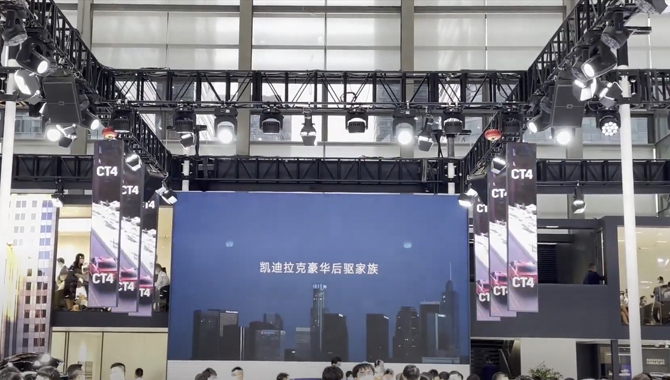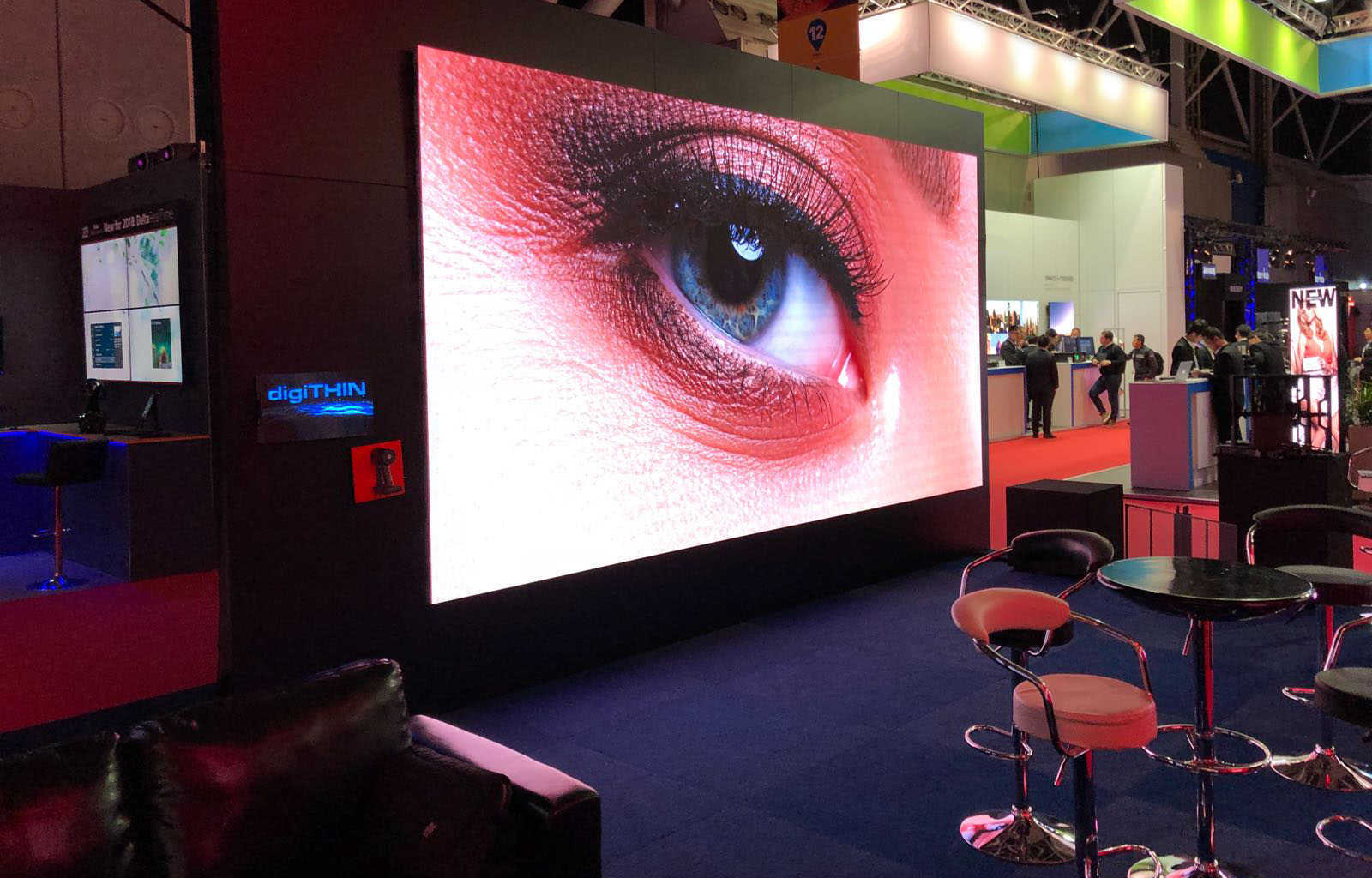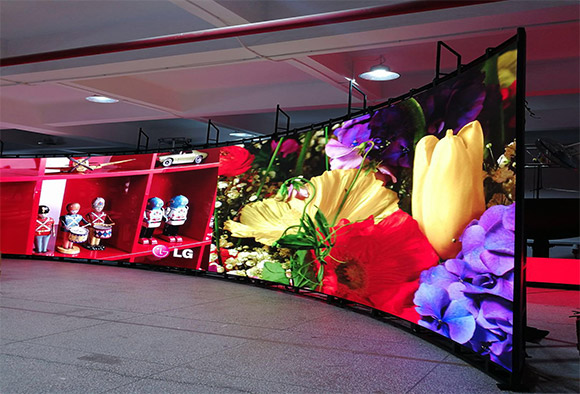
The Role of LED Technology in Global Humanitarian Efforts
The Role of LED Technology in Global Humanitarian Efforts
Light-emitting diode (LED) technology has transformed various industries worldwide, including global humanitarian efforts. With its energy efficiency, durability, and adaptability, LED technology is playing a crucial role in addressing global humanitarian efforts, from disaster relief to education and healthcare. Therefore, this article explores the impact of LED technology in global humanitarian effort and how it continues to improve lives in vulnerable communities.
Energy Efficiency and Sustainability in Global Humanitarian Efforts
One of the most significant advantages of LED technology is its energy efficiency. Compared to traditional lighting solutions, LEDs consume significantly less power. As a result, they are ideal for off-grid communities and disaster-stricken areas where electricity access is limited. For instance, solar-powered LED lights provide sustainable lighting solutions in refugee camps and rural regions, reducing reliance on fossil fuels and lowering carbon emissions. Consequently, LED technology supports global humanitarian effort by offering sustainable energy solutions.
Disaster Relief and Emergency Response in Global Humanitarian Efforts
In disaster-stricken areas, reliable lighting is critical for search and rescue operations, medical aid, and maintaining security. Consequently, LED-powered emergency lighting systems are lightweight, portable, and require minimal energy, making them ideal for rapid deployment. In fact, organizations such as the Red Cross and the United Nations have integrated LED technology into emergency response kits, ensuring that global humanitarian efforts are strengthened with reliable lighting solutions during crises.
Enhancing Education in Global Humanitarian Efforts
Millions of children in developing countries lack access to electricity, hindering their ability to study after sunset. Fortunately, LED technology, particularly in the form of solar-powered lamps, has revolutionized education in these regions. By providing a sustainable and affordable lighting solution, students can extend their study hours. As a result, they experience improved academic performance and greater opportunities for future development. This educational advancement is a key aspect of global humanitarian effort, ensuring that children receive better learning opportunities despite infrastructural challenges.
Improving Healthcare and Sanitation in Global Humanitarian Efforts
Proper lighting is essential for healthcare facilities, especially in remote and underdeveloped areas. LED lighting enhances visibility during medical procedures, reduces the risk of errors, and improves overall patient care. Furthermore, ultraviolet (UV) LED technology is being used for water purification and sanitation, helping to combat waterborne diseases in areas with limited access to clean drinking water. As a result, global humanitarian efforts benefit significantly from LED technology’s contributions to healthcare and sanitation.
Conclusion
Overall, LED technology is proving to be a game-changer in global humanitarian efforts. Its energy efficiency, sustainability, and versatility make it an invaluable tool in disaster relief, education, healthcare, and infrastructure development. As technology advances, the humanitarian sector will continue to leverage LEDs to improve the quality of life for millions worldwide. Ultimately, this fosters resilience and progress in the face of adversity, reinforcing the importance of LED technology in global humanitarian effort.











